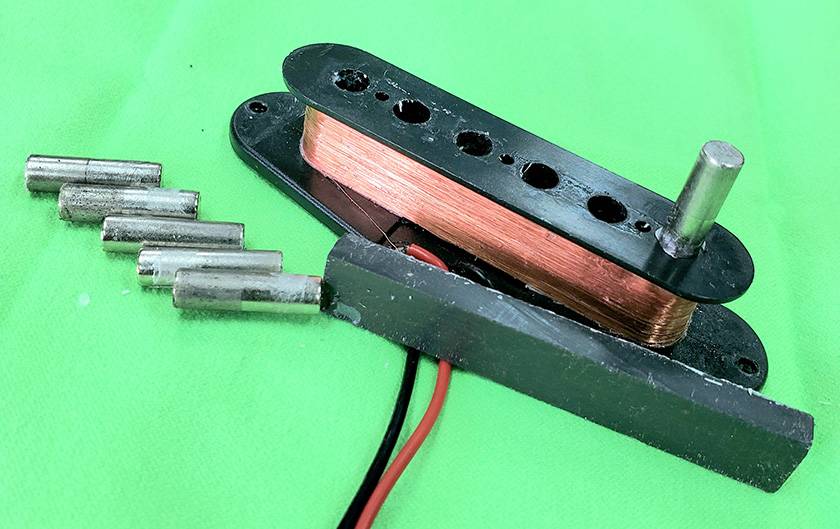
Hello.
Recently, I listened to Godiego on a music subscription service and this made me watch all 113 episodes of the Galaxy Express 999 anime and the movie.
The opening song by Isao Sasaki in the anime version is also fantastic.
In my previous post, I explained the mechanics and structure of pickups and how disturbances in the magnetic field can alter the sound of an electric guitar. Hopefully, you now have a basic understanding of how pickups generate sound.
However, each pickup has its own unique sound quality.
For instance, the Seymour Duncan SSL-1 is known for its bright, clear tone with sparkling highs, while the Seymour Duncan SSL-3 has a powerful midrange and a warm tone.
In this post, I’ll explain these differences in tone and character.
There are various factors that influence the sound of a pickup, but the four main ones are:
Type of magnet, size of the pole piece, number of coil turns, and shape of the coil.
Other factors include the gauge of the enamel wire, winding tension, type of enamel coating, and type of wax used, but these are quite technical, so for now, let’s just focus on the four main factors.
○ Type of Magnet
When you look at the product pages on our website, you’ll see terms like Alnico 2, Alnico 3, and Ferrite.
These refer to the types of magnets used, but what do they actually mean?
Essentially, there are two types of magnets: Alnico and Ferrite (ceramic). Alnico is an alloy made from aluminum, nickel, cobalt, with the name derived from these materials.
Ferrite is made by sintering powdered iron compounds with materials like barium, strontium, and lead at high temperatures and pressures.
You’ll also notice that Alnico magnets are often labeled with numbers like Alnico 5.
These numbers indicate different magnetic flux densities and coercive forces. For pickups, Alnico 2 through 5 are commonly used, with their magnetic flux densities ranked as follows: 4, 3, 2, 5.
Magnetic flux density refers to the amount of magnetic field passing through a given area, and a higher flux density means a stronger magnetic force.
In pickups, a higher flux density results in higher output.
To give you an idea, Alnico 4 has a flux density of about 560G, while Alnico 5 has about 1280G, roughly double the power.
Coercive force refers to a magnet’s ability to retain its magnetism.
Now, you may be wondering, “What do you mean by the ability to retain its magnetism? Isn’t Alnico a permanent magnet?”
Although Alnico is a permanent magnet, its magnetism can diminish over time and with use.
Even when unused, Alnico can lose more than 5% of its magnetism over ten years.
This is why the sound of a guitar can change over time, probably contributing to the worn ‘vintage’ tone.
Alnico 2, commonly used in pickups, has a warm midrange tone, while Alnico 5 is known for its bright and shiny sound.
Ferrite magnets have higher magnetic flux densities and coercive forces compared to Alnico.
This means they have higher output, longer lifespan, and better resistance to corrosion.
I have an impression that they’re often used in high-power, modern-tone pickups.
Ferrite is also used in inexpensive pickups due to its high production efficiency.
This may make some people a little reluctant to try Ferrite pickups, but the tone of Ferrite pickups is characterized by better extension in highs compared to Alnico pickups, so if you want more highs in your tone, it may be a good idea to try a Ferrite pickup.
○ Size of the Pole Piece
The size of the pole piece significantly affects the sound.
In short, larger pole pieces increase output and produce a fuller sound.
Larger pole pieces create a wider magnetic field, resulting in more power. I think you will understand when you see these products.
Both of these are standard pickups with high output.
Rail-type pole pieces, like those in the Seymour Duncan SHR-1, also have a wider magnetic field and tend to be high output.
○ Number of Coil Turns
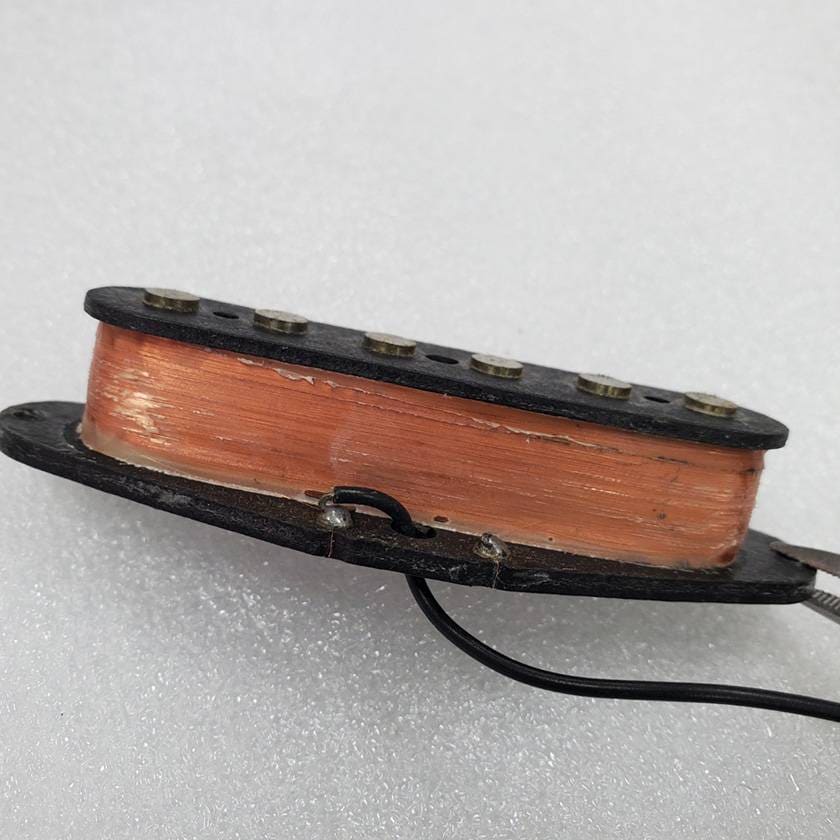
You may be wondering how many turns an enamel wire makes around the pole piece, aren’t you?
The number of enamel wire wound around the pole piece can range from 6,500 to 8,000 for single coils and 5,000 to 7,000 per side for humbuckers.
That’s a lot, right?
Nowadays, the winding process is completed in about two minutes with a machine, but in the 1950s, when electric guitars first came on the market, the winding was done by hand. I can’t imagine how frustrating that would be if I were a worker back then.
So, how does the number of turns affect the sound? Generally, fewer turns result in lower output, while more turns increase the output.
It might seem like more turns are better, but as the number of turns increases, the high frequencies diminish.
If there are too many turns, the output decreases, resulting in a muffled sound.
It’s all about finding the right balance.
○ Shape of the Coil
The shape of the coil varies from a thin single coil to a large, flat Jazzmaster pickup, and a P90, which is about the size between the two. The shape of the coil affects the sound significantly.
In terms of tone, it is said that when the number of coils is the same, the vertical one tends to emphasize the high frequencies, while the flat one tends to emphasize the low frequencies.
If this is the case, then the Jazzmaster pickups should have a rounder sound with more lows than the P90s, right?
But in fact, the Jazzmaster pickups have a more pronounced and crisp sound in the treble range than the P90s.
There’s another reason for this, which is the way the magnets are installed.
In Jazzmaster pickups, the pole pieces themselves are magnets, whereas in P90 pickups, the magnets are placed below, sandwiching the pole pieces.
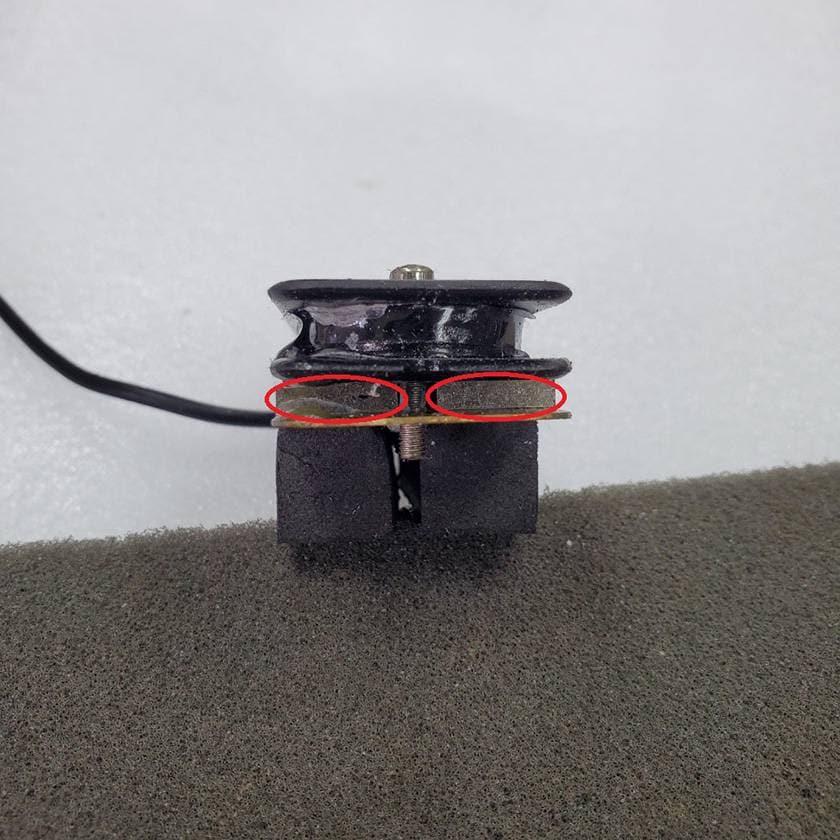
Because of this, there is a difference in the size of the magnetic field, which is why the wider Jazzmaster pickup emphasizes the high frequencies more than the P90.
By the way, standard humbuckers have magnets installed like this.
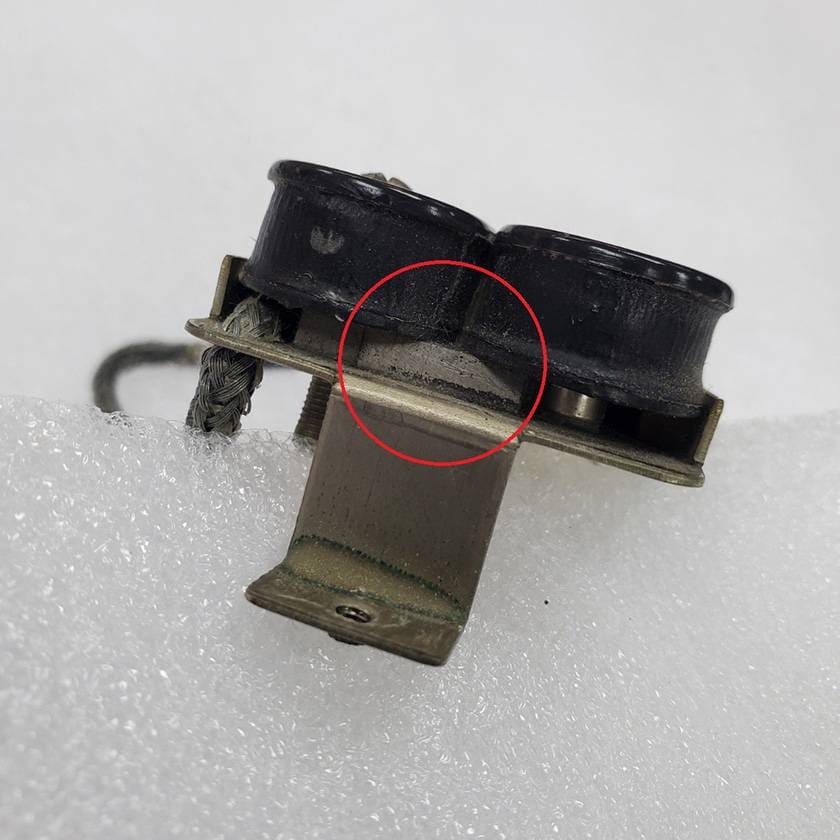
I got off track a bit, but that’s the gist of the coil shape.
This time, I talked about four key factors that significantly impact the tone of pickups:
Type of magnet, size of the pole piece, number of coil turns, and shape of the coil.
How did you find the explanation?
Please refer to this article as a guideline or reference when selecting a product.
While there are many individual factors that influence a pickup’s tone, the final result is determined by the overall combination. I don’t want to give you any stereotypes that might interfere with your shopping.
Ultimately, the best way to understand is by listening and experiencing it yourself.
Although this conclusion may seem a bit vague, I hope this blog adds a touch of color to your musical life.
See you again on the Sound House Staff Blog.
Goodbye.





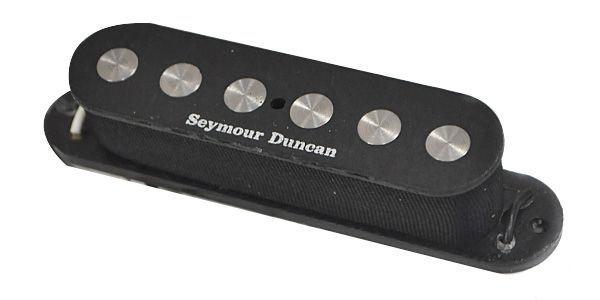
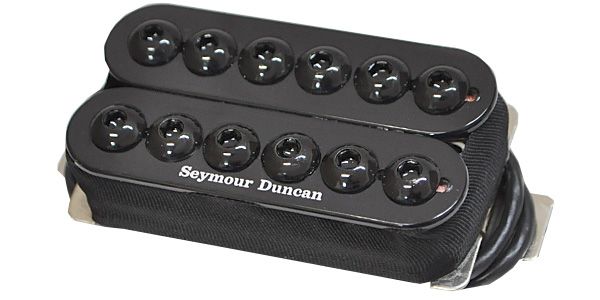


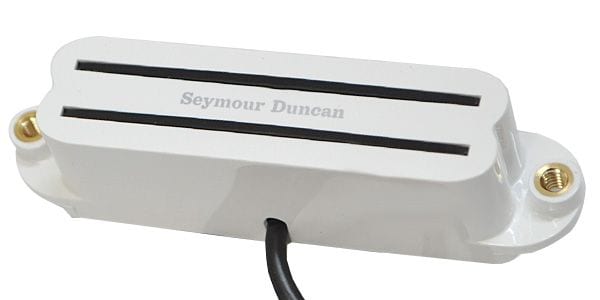
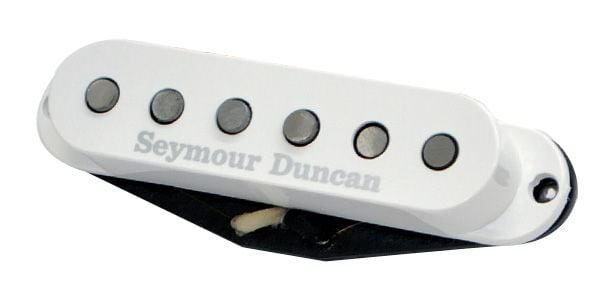
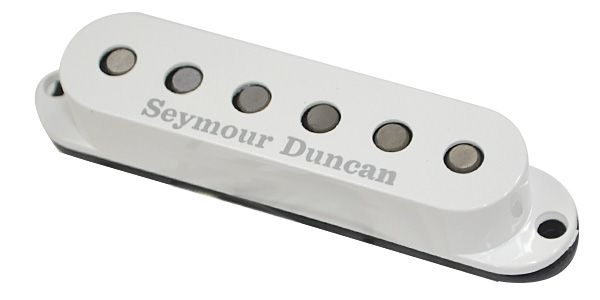


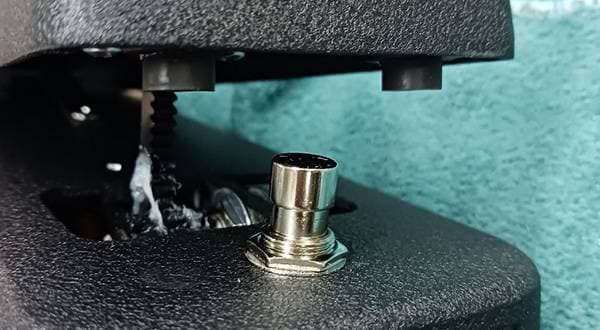
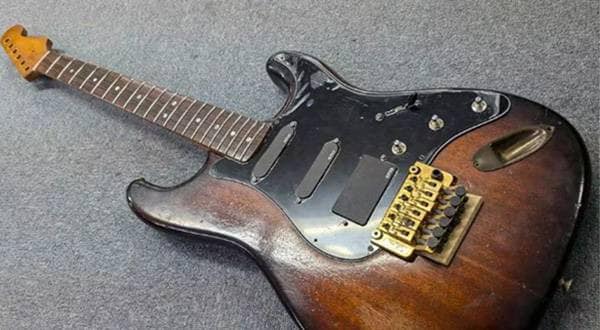
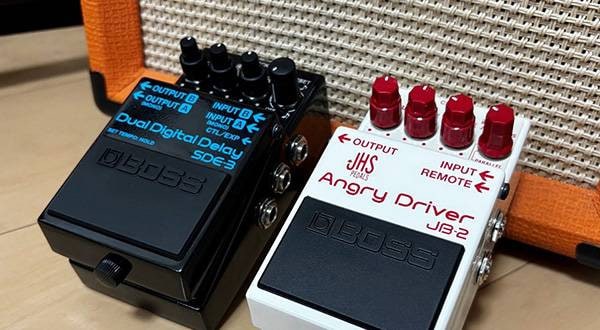
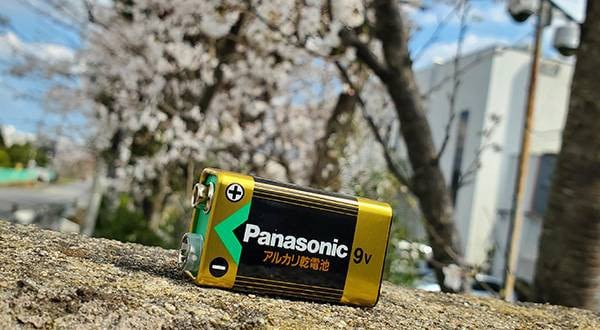
![Things to Know About Pickup Replacement - Part 2 [Mechanism]](/contents/uploads/thumbs/2/2024/4/20240404_2_26433_1.jpg)
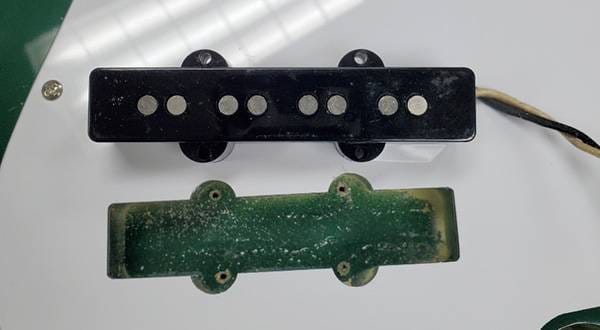

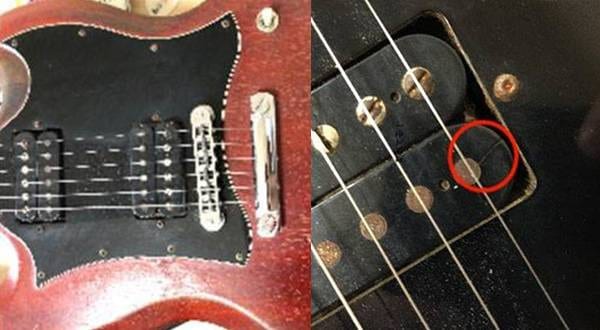
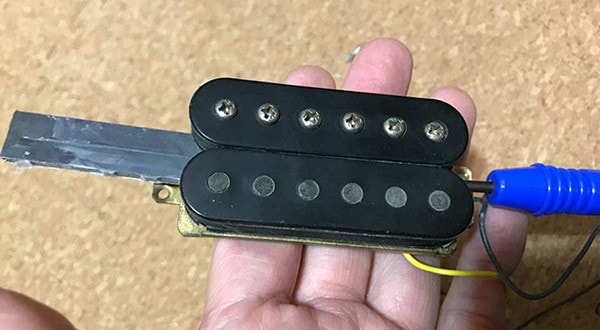
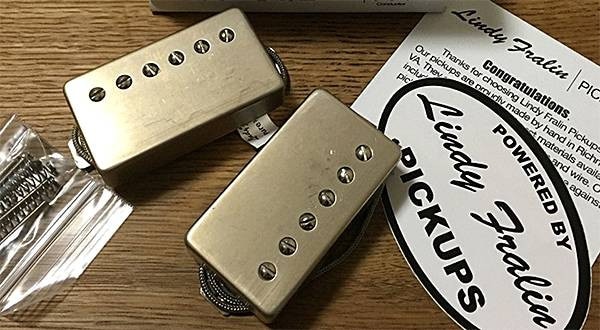
 ピックアップ交換大作戦!
ピックアップ交換大作戦!
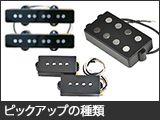 ピックアップの種類
ピックアップの種類
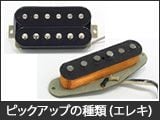 ピックアップの種類(エレキギター)
ピックアップの種類(エレキギター)
 ギターのお手入れ
ギターのお手入れ
 ギターの各部名称
ギターの各部名称
 ギタースタートガイド
ギタースタートガイド















